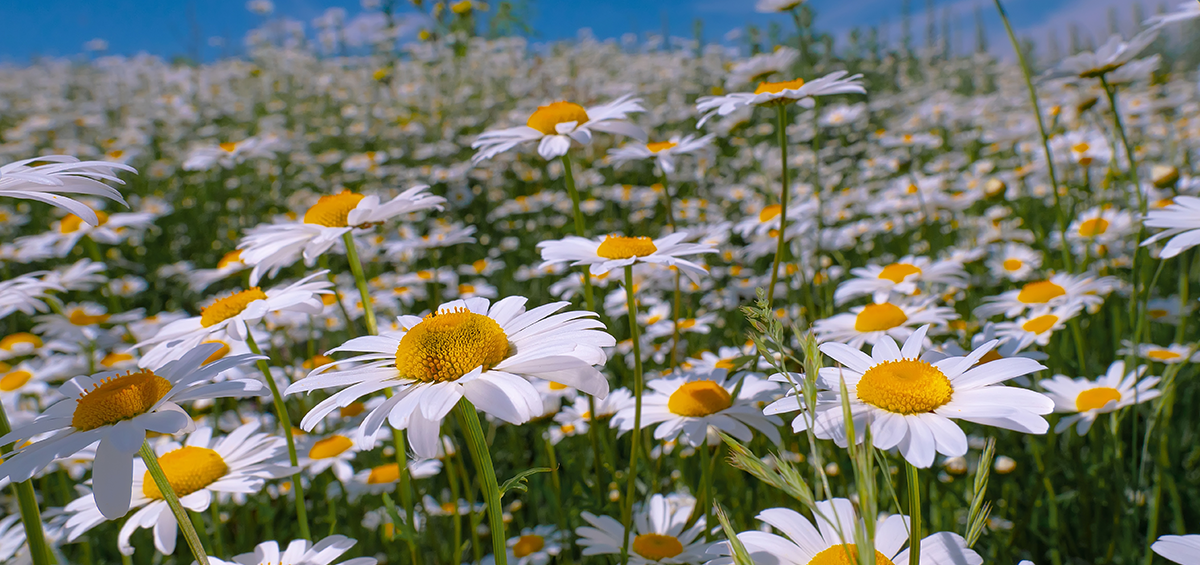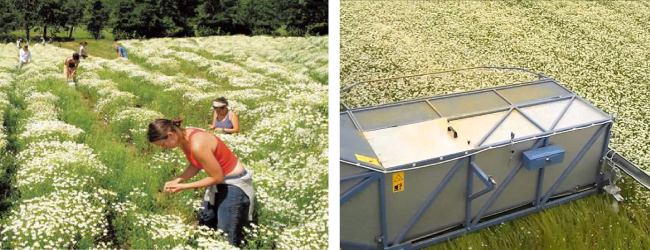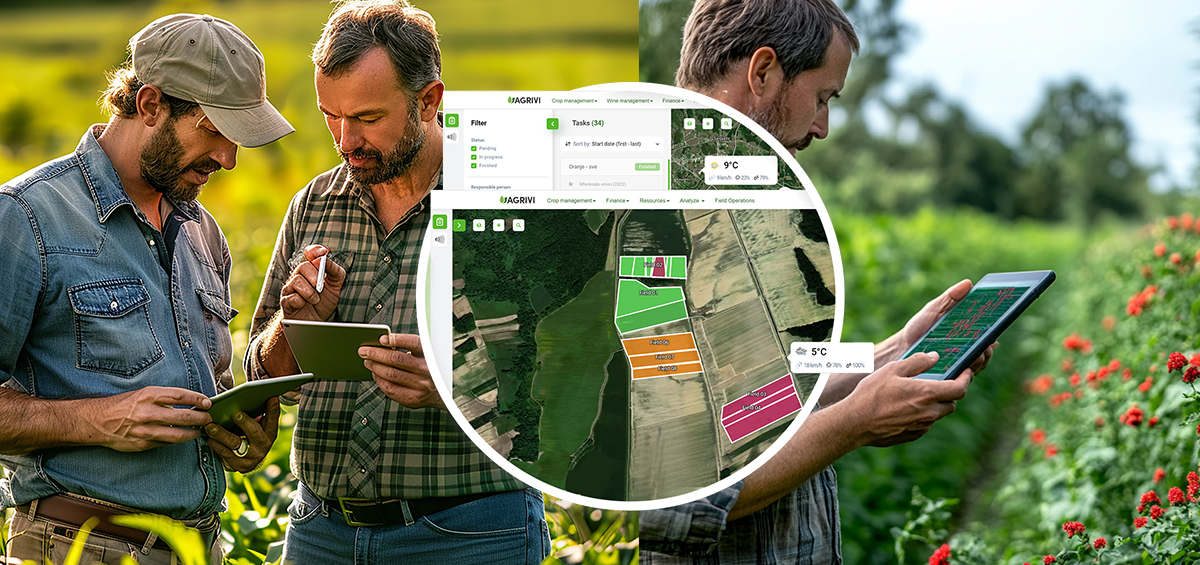Chamomile (Matricaria camomilla L.) is low to the ground growing plant which blooms have a pleasing apple scent. The dried flowers contain many terpenoids and flavonoids which make chamomile suitable for various human ailment treatments. For centuries, it has been used as an anti-inflammatory, antioxidant, mild astringent and healing medicine. It has many benefits on human health:
- Heal wounds, cuts and burns
- Helps with cancer, diabetes, a migraine and headaches
- Helps with allergic
- Calms muscle spasms
- Protects against bacterial-related illness and infection
- Promotes sleep
- Natural hemorrhoid treatment
- Promotes healthy skin.
Besides usage in medicine, chamomile is also used for industrial purposes (making of herbal tea and beer) and like groundcover on the farm.
Chamomile is cultivated across Europe, Asia, and the Americas, mainly on small-scale farm productions (family farms). As a medicinal and aromatic plant, it became a significant product in the world market and demand for this herbal raw material is constantly growing worldwide. Such a trend allows for long-term planning, investments and
As a medicinal and aromatic plant, it became a significant product in the world market and demand for this herbal raw material is constantly growing worldwide. Such a trend allows for long-term planning, investments and increases in the volume of chamomile production.
Increased chamomile production is achieved in countries with intensive chamomile farming in which all the technological procedures of growing and processing are performed mechanically in an optimal manner and with rational energy consumption. Efficiency and economy of working processes in chamomile farm production greatly depends on the degree of mechanization of the technological operations – the use of combination of chamomile harvesting machines (harvester and tractor) provides the best economic effects in chamomile production, i.e. the highest yield per hectare. Another significant measure in production is oil quantity and quality which depends on the method of cultivation, climate, harvesting, drying and processing. There are many new technologies available today to achieve better oil quality and produce the best chamomile in the world.
Manual and machine chamomile harvest
Chamomile plant is easy to grow. It has little or no pests which make economic significant damage and it can be grown on various soil types and environmental conditions. Farmers need only to take care to maintain chamomile farm regularly, such as weeding, fertilizing, and irrigation.
For good farm production, farmers need also to track and record all their activities on the farm. The best way to manage this is to use AGRIVI farm management software which helps farmers track all fieldwork from tillage to harvest through seasons and seasonal activities. They can map all their fields, register inventory, machines and people to track the usage of those inputs on each field through tasks and they can record all farm finances.
The system gives farmers also a knowledge base with best practice processes for chamomile, as well as for many other crops, in the form of tasks that guide them on what to do during a certain season. In the end, there is a layer of analytics with KPI dashboards and printable reports which tie all the information entered into the system and gives a great overview of overall farm health.
So, don’t hesitate to improve your production – use AGRIVI farm management software, and after hours of working in the field sit back and relax with a cup of chamomile tea.





